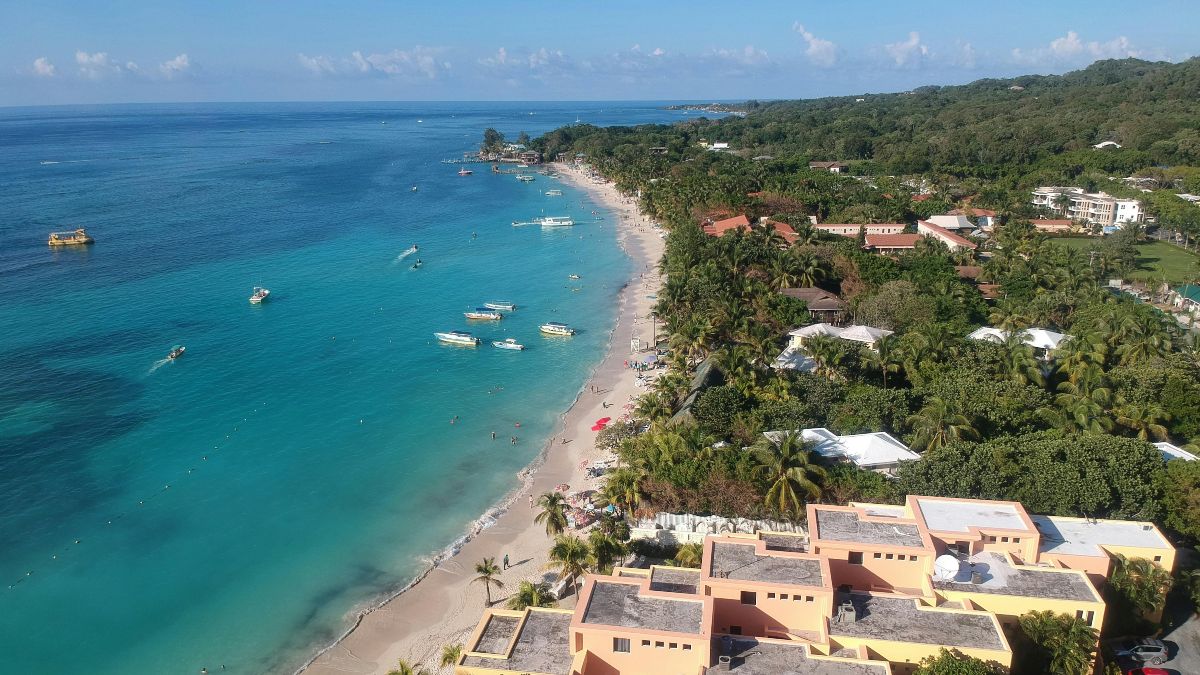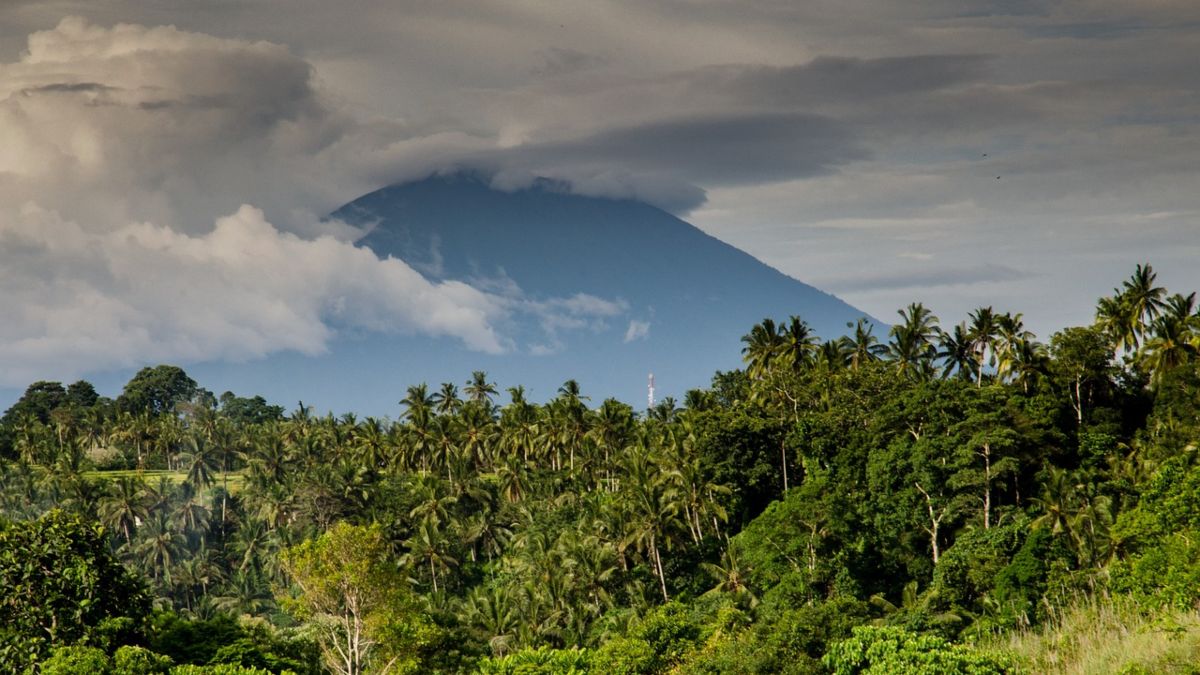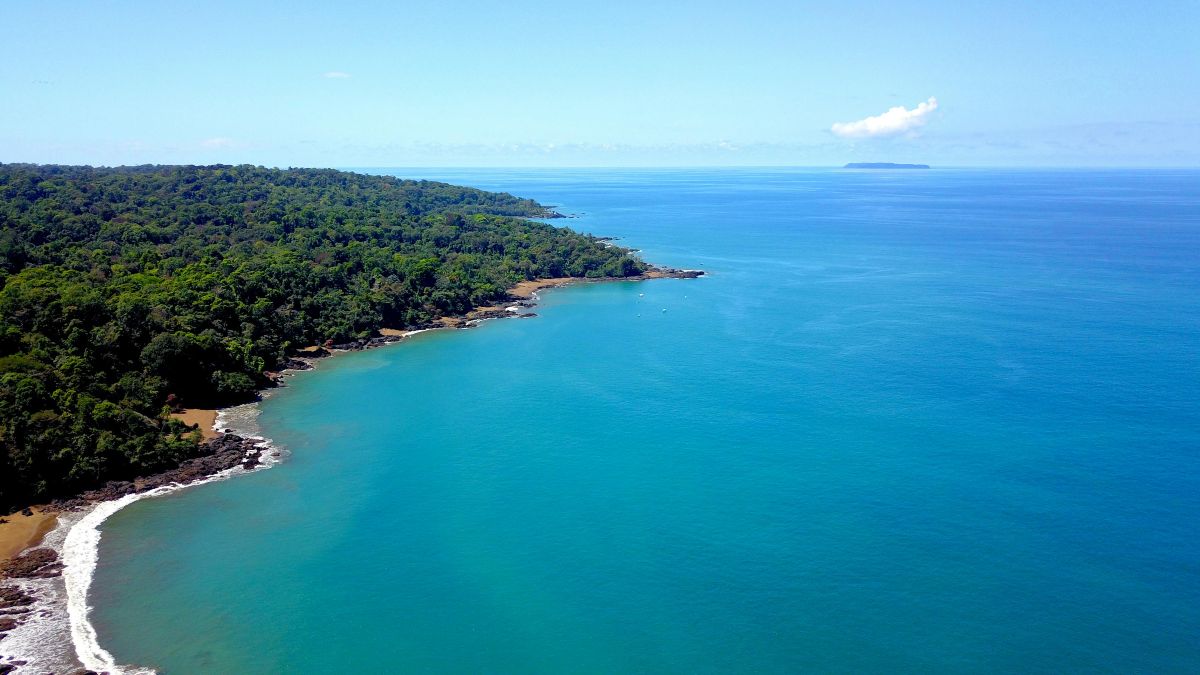How long can you expect to stay in the country with a Costa Rica tourist visa? Is the 180-day stay an automatic given for tourists and perpetual tourists?
“I had to have an onward ticket when visiting Costa Rica so I got one for March since I thought I might have to back to US in March. So the entry stamp in my passport says ’22’ days… but now I want to stay longer.” This recent post in a Costa Rica expat Facebook group highlights a persistent misconception about tourist stays in the land of Pura Vida.
The poster assumed he would get an automatic 180-days in Costa Rica. He’s not alone in that assumption from many North American and European visitors. His thread quickly filled with varying experiences from fellow expats and travelers. While some shared receiving the full allowance “no questions asked,” others recounted receiving notably shorter stays – 14 days, 34 days, or durations matching exactly their scheduled departure dates. As another experienced traveler noted, “They give you what they want. One time I got 14 days and another time 34.”
This article attempts to explain how things really are on the ground and how 180 days is actually the upper limit of things and by no means a given for anyone.
The Reality of Stay Durations for Tourists in Costa Rica
It’s worth pointing out here that if you’re talking about having 180 days in Costa Rica or not, you’re actually pretty lucky. Costa Rica organizes its tourist entry permissions into four distinct groups of countries, and it’s only the top tier (Group One) who can get get up to six months. Group One countries include the United States, Canada, the European Union, the United Kingdom, and other major tourist markets. This also includes nations like Japan, Australia, and most of Latin America and the Caribbean. Everyone else gets up to 30 days, and depending on whether they’re from Group Two, Three, or Four countries may also need to get a visa before traveling.
But no matter where you’re from, the number of days you’re allowed in the country is always preceded by the words “up to”. While Costa Rica offers generous potential stays for many visitors, the actual implementation of these allowances operates on a case-by-case basis. Bottom line is that depending on the officer as you lay your passport in front of him or her, you can get anywhere from zero days in Costa Rica to 180 days. This is standard operating procedure all over the world – the TSA officer in front of foreign visitors to the United States also have the same rights.
The key factor of how long you get to stay often (although not always) depends on the date of your return ticket out of Costa Rica. “Nothing is automatic. Immigration will base it on onward ticket date,” noted one frequent traveler. This practice exists at both airports and land borders, though experiences can vary significantly between entry points.
Is it better for expats to get Costa Rica residency or do visa runs every six months? The answer depends on you.https://t.co/oqmlt7FP0h
— Central America Living (@VidaAmerica) April 10, 2024
The Return/Onward Ticket Factor
Many travelers attempt to maximize their potential stay by booking longer-dated return tickets. However, as community members caution, this strategy provides no guarantees. The immigration officer maintains complete discretion regardless of ticket dates. “Nobody is guaranteed 180 days no matter what plans you have. It is one to 180 and totally at their discretion that day,” emphasized one contributor.
This discretionary approach means visitors must prepare for various scenarios. Some report success with refundable tickets or travel insurance that allows date changes, while others recommend having backup plans in case of shorter stays than anticipated. The key lies in understanding and accepting the system’s inherent flexibility rather than expecting automatic maximum stays.
Airlines also strictly enforce this rule, checking documentation before allowing passengers to board. If you’re traveling to Costa Rica on a one-way airline ticket (or a return ticket dated more than 180 days out), chances are you can’t board without either buying a return/onward ticket or changing your dates. As one community member explained, “Immigration officers don’t have the obligation to give you 180 days and also if you bought a return ticket after 22 days, they will stamp only 22 days.”
Visa Runs and Extensions
For those wanting to stay beyond their initially granted time, the solution is straightforward – leave Costa Rica and return for a new entry stamp. “Take a bus to the border, exit stamp, turn around and enter again. Make sure to have a new onward ticket,” advised one Facebook commenter, describing the basic process.
Most people choose either the Nicaragua or Panama border, though experiences vary significantly between these options. The Panama border can prove particularly challenging, with officials sometimes requiring an overnight stay. As noted in the discussion, “There are occasional reports of Panamanian officials refusing to let people in unless they’re staying at least a night in the country.”
Nicaragua often provides an easier option, with many travelers combining their border runs with beach time in nearby San Juan del Sur or checking out colonial towns like Granada. Some experienced travelers recommend organized group trips. “The easiest thing is to do a ‘border run’. You would go to one of the Nicaraguan border crossings and go over and back… there should be someone in your area that does group border runs and they can help you,” suggested one commenter.
Entering (or re-entering) Costa Rica requires meeting specific conditions. Every visitor must have a valid passport and an onward or return ticket. Visitors should also be prepared to show proof of sufficient funds to support their stay (rarely asked for, but an official requirement nonetheless) and any hotel or accommodation bookings. At land borders, travelers will often be asked for at least their ticket out, especially if their passport shows a history of repeated entries into the country. Sometimes, immigration agents will see you’ve been doing border runs for years and tell you to apply for residency, giving you a shorter stay as some kind of “kick up the backside”. It happens. Equally, some people do visa runs for decades with no issues at all. It’s a crap shoot.
What to Remember About Tourist Stays
In Costa Rica’s tourist entry system, those two small words – “up to” – make all the difference. Whether entering Costa Rica through an airport or a land border, coming in for the first time or returning from a border run, one truth remains constant – no visitor has an automatic right to any specific length of stay. Immigration officers continue to exercise their discretion at every entry point, considering factors like return tickets, previous visits, and current circumstances.
The wisest approach is to plan conservatively. Book accommodations and return tickets based on shorter stays than the maximum allowed for your citizenship group. If you receive a longer stay, consider it a bonus rather than an expectation. This way, you’ll avoid the stress of having to reorganize travel plans or rush to a border if granted less time than hoped.
As one seasoned traveler in the discussion said to the original poster who got 22 days, “You got the time you said you needed. Ignoring the immigration rules isn’t a good way to start if you are thinking long term.” This perspective captures the essence of successfully navigating Costa Rica’s immigration system: understanding its flexibility while respecting its limitations.



